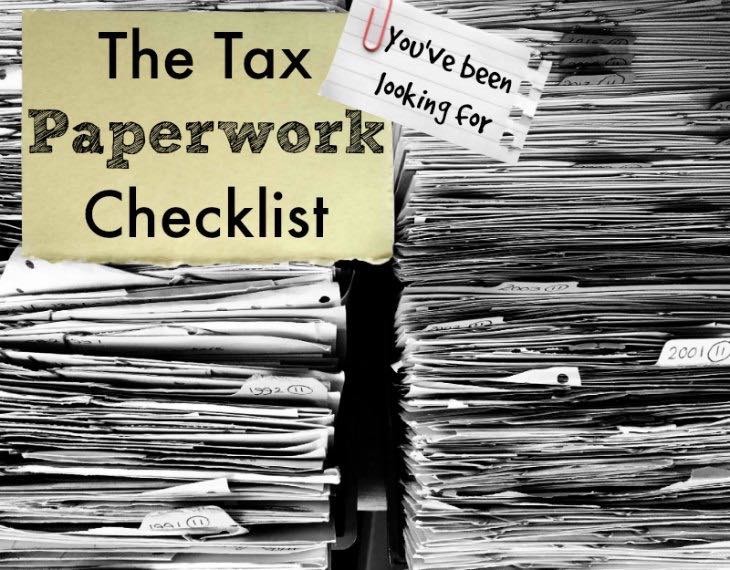2017 Tax Return: What Year Should You File?

As the end of the tax season approaches, one of the key questions many taxpayers ponder is: "What year should you file for your 2017 tax return?" Understanding the IRS tax filing deadlines and the implications of filing for the wrong year can save you from penalties, interest, and undue stress. This post will delve into the specifics of when and why you should file your 2017 tax return, along with practical advice on how to navigate this process effectively.
Understanding the Tax Year and Filing Year

Before diving into the specifics of filing your 2017 tax return, it’s crucial to understand the difference between the tax year and the filing year:
- Tax Year: This is the calendar year that the income being reported on the return pertains to. For example, if you earned income in 2017, then 2017 is your tax year.
- Filing Year: This refers to the year in which you file your tax return. Usually, you file your tax returns for the previous year by April 15th of the current year.
📅 Note: The IRS allows you to file your tax return as early as January 23rd of the filing year, once all forms and tables are finalized.
Why File for 2017?

There are several reasons you might need to file for the year 2017:
- Refund: If you’re expecting a tax refund from the IRS, you’ll want to file your 2017 tax return to claim it. Refunds from tax year 2017 must be claimed by the unclaimed refund statute expiration date, which is generally three years after the original filing deadline.
- Mistakes or Amendments: You might need to file an amended return for 2017 if you discover errors or omissions in your original filing. Amending returns for previous tax years can be crucial for correcting mistakes or claiming additional credits and deductions you were eligible for.
- Unfiled Returns: If you did not file a tax return for the year 2017, you’ll need to do so, especially if you owe taxes or want to receive your refund.
- Audit Considerations: You might still be under audit or have unresolved issues related to your 2017 tax year, necessitating interaction with the IRS regarding that specific year.
How to File Your 2017 Tax Return

Filing a tax return for a prior year like 2017 is slightly different than filing for the current year due to changes in tax laws and forms. Here’s how you can go about it:
- Gather Necessary Documentation: You’ll need all your W-2s, 1099s, receipts, and any other documents that reflect your income and expenses from 2017.
- Obtain the Correct Forms: Use the forms from tax year 2017, not the current year’s forms. You can download these from the IRS website or request them by mail.
- Calculate Your Taxes: Tax laws change, so you’ll need to calculate your taxes using the rules and deductions that were applicable in 2017.
- Filing:
- By Mail: Complete and mail your forms along with any necessary schedules and payment to the appropriate IRS address for your state.
- Professionally: Use a tax professional who can help with the complexities of prior-year returns.
- Online Services: Some online tax preparation services offer the ability to file prior-year returns.
🔎 Note: When filing for a previous year, consider seeking professional tax help, especially if your situation is complex or if there are substantial changes in tax laws that might affect your return.
Common Mistakes When Filing a Prior-Year Return

Filing a tax return for a previous year can be prone to errors. Here are some common pitfalls to avoid:
- Using the Wrong Forms: Forms and instructions change from year to year, so be sure to use those from 2017.
- Overlooking Expired Deductions and Credits: Laws change, and some deductions or credits might no longer apply or could be less generous than when you filed originally.
- Missing Refund Deadlines: If you’re looking for a refund, file before the three-year statute of limitations to ensure you can still claim it.
- Failure to Report All Income: Ensure you report all sources of income, as the IRS might have records for matching.
- Addressing an Audit: If you’re filing an amended return due to an audit, ensure you understand the scope of the audit and address each issue raised.
🚨 Note: The IRS might assess late-filing or late-payment penalties if you owe taxes for 2017 but did not file on time. Consider this when deciding whether to file an unfiled return.
In summary, knowing when and how to file for your 2017 tax return is crucial for managing your tax obligations efficiently. Whether it's to claim a refund, correct mistakes, or address IRS concerns, being aware of the correct tax year and filing deadlines can prevent penalties and ensure you receive all possible benefits. Remember, when in doubt, consulting with a tax professional can provide clarity and peace of mind during the process.
What happens if I file my 2017 tax return late?

+
If you owe taxes and file your 2017 return late, you might be subject to late-filing penalties, failure-to-pay penalties, and interest on any unpaid balance. However, if you are due a refund, there are no penalties for filing late, but you must file within three years to claim that refund.
Can I file my 2017 tax return online?

+
Yes, some online tax preparation services allow you to file returns for prior years like 2017. Make sure to select the correct year and use the appropriate forms and instructions.
What if I need to file returns for multiple prior years?

+
File each year separately and in the correct order. Ensure you obtain the correct forms for each year and address any unfiled returns one at a time to avoid confusion and potential errors.